Norway's Statoil said it expects to increase crude volumes to the growing Asian market on the back of its global operations, although liquefied natural gas (LNG) sales from Europe are likely to fall. Statoil, a producer and trader, increased trade volumes of crude and condensate to Asia by about 30 percent between 2013 and 2015, Tor Martin Anfinnsen, senior vice president for trading and marketing for Statoil told Reuters.
"When you come to 2030, Asia will consume closer to 40 percent of all oil production," Affinsen said, up from a third currently. Asia is a key battleground for oil producers. The region's net oil imports surpassed the total amount of oil consumed in North America in 2015 and are set to rise. Affinsen declined to give figures for Statoil's Asian volumes, although the company said in June it had 10 percent of the highly coveted oil trade route between west Africa and China's independent refineries.
Crude and condensate volumes to Asia were expected to grow, although its Asian LNG exports were likely to fall once regional producers ramped up output. "We have production sitting on both sides of the Atlantic that have a natural home in Asia," Anfinnsen said, adding that the firm can also sell blended crude in various cargo sizes. Statoil is one of the world's biggest crude and condensate exporters, selling 644 million barrels last year, equal to about 10 percent of Chinese consumption.
The company, which has crude fields in the United States, Brazil and West Africa as well as condensate in Norway, is an active arbitrageur of crude, taking advantage of price differences and low freight costs to ship oil across regions. "There is an expectation that the US will have to re-balance from a quality perspective, and that you might see the lighter oil or the condensates from the US Gulf more structurally going to Asia, even though they are still importing in the east coast," said Stale Endre Berg, Statoil senior vice president marketing and supply.
Statoil also expected cheap freight to keep floating oil storage viable for the time being despite a narrowing in the contango structure for Brent. "What we see in the market at the moment is still excess capacity that needs to be dealt with," Berg said, estimating that there are about 80 supertankers storing crude at the moment.
BR100
15,059
Decreased By
-56.5 (-0.37%)
BR30
42,931
Decreased By
-117.2 (-0.27%)
KSE100
148,815
Decreased By
-677.8 (-0.45%)
KSE30
45,206
Decreased By
-312 (-0.69%)





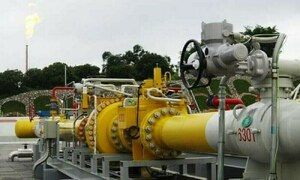

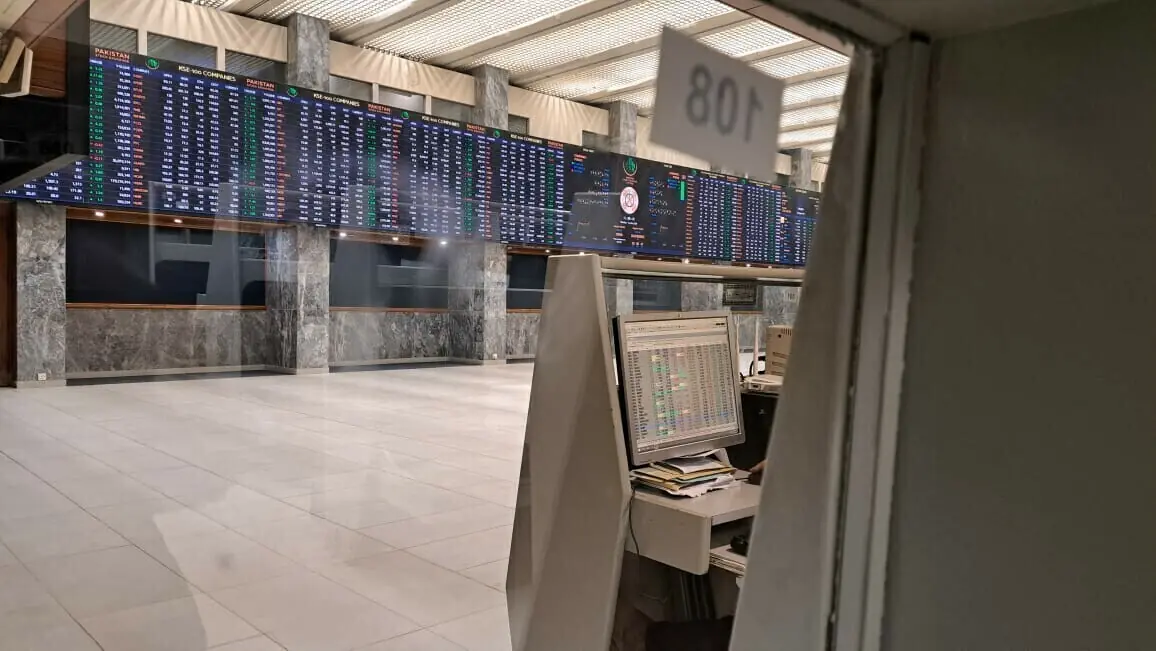
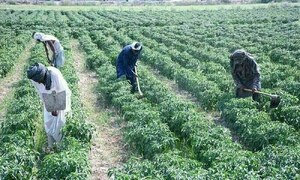


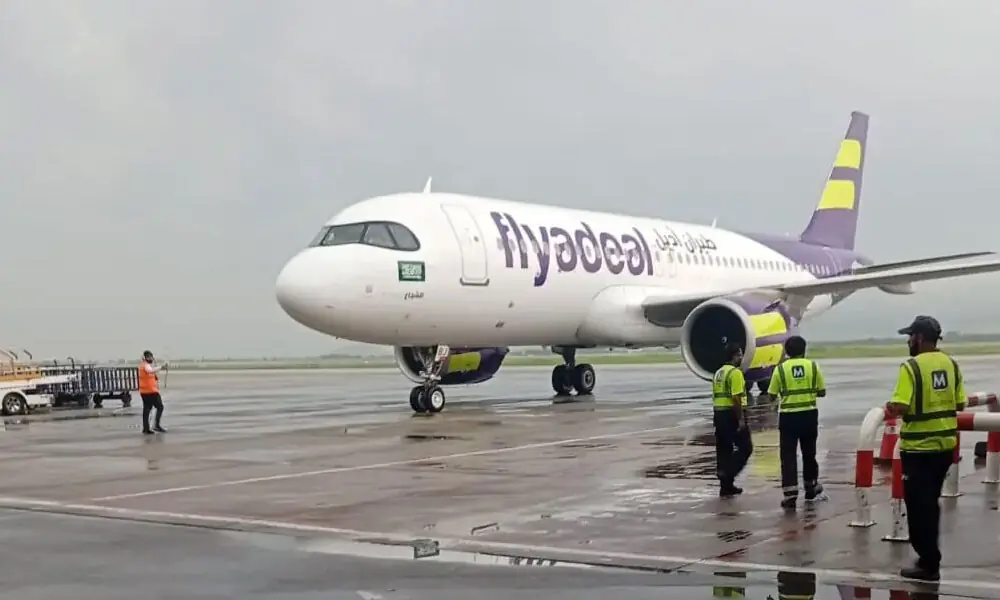



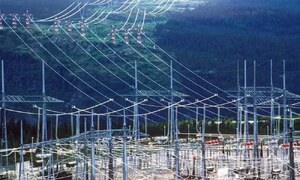





Comments
Comments are closed.